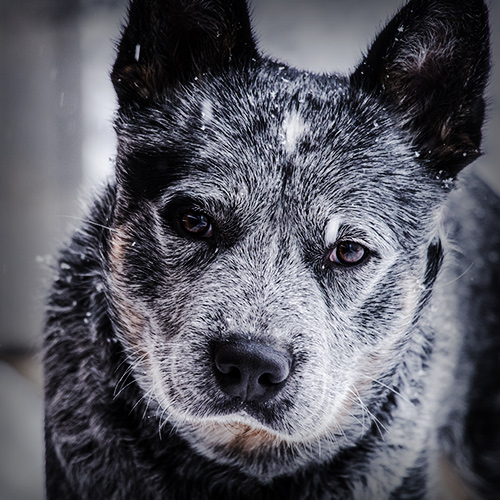Precautions to be taken by dog owners in Sandy Springs in North Fulton County, GA
December 8, 2022

Dog bites can be serious injuries and cause lasting damage – complicated by a significant chance of infection. When considering a personal injury attorney who can represent you in a dog or animal attack, it’s important to find one who is aware of local laws and ordinances. In an effort to help our clients win their demands, we present the following ordinance.
Sandy Springs, Code of Ordinances, SubPart A. GENERAL ORDINANCES, Chapter 10. ANIMALS, Article III., VICIOUS ANIMALS AND DANGEROUS OR POTENTIALLY DANGEROUS DOGS. § 10-101. Precautions to be taken by owners.
-
- No person owning or having custody or control of any dog or other animal known by such person to be vicious, dangerous, or potentially dangerous shall permit it to run at large, or permit it to run loose on or within the premises of such person in such a manner as to endanger the life or limb of any person lawfully entering such premises.
- It shall be the duty of every owner of any vicious animal or dangerous or potentially dangerous dog, or anyone having any such animal in his possession or custody, to ensure that the vicious animal or dangerous or potentially dangerous dog is kept under restraint, as prescribed in subsections (d), (e), and (f) of this section, and that reasonable care and precautions are taken to prevent the vicious animal or dangerous or potentially dangerous dog from leaving, while unattended, the real property limits of its owner, custodian, or harborer, and it is securely and humanely enclosed within a house, building, fence, locked pen, or other enclosure out of which it cannot climb, dig, jump, or otherwise escape on its own volition. Such enclosure must be securely locked at any time the animal is left unattended so that children are prevented from entry and to prevent the vicious animal or dangerous or potentially dangerous dog from escaping.
- For owners of a vicious animal or dangerous or potentially dangerous dog whose animal lives out-of-doors, a portion of their property should be fenced with a perimeter or area fence. Within this perimeter fence, the vicious animal or dangerous or potentially dangerous dog must be humanely confined inside a locked pen or kennel of adequate size. The pen or kennel may not share common fencing with the area or perimeter fence. The kennel or pen must have secure sides, a secure top attached to all sides, the sides must be securely set into the ground or onto a concrete pad, or securely attached to a wire bottom. The gate to the kennel must be locked when the animal is unattended. This enclosure shall provide protection from the elements.
- A vicious animal or dangerous or potentially dangerous dog shall not be upon any street or public place except when securely restrained by leash not more than six feet in length and humanely muzzled when appropriate, as determined by the city manager or designee, and in the charge of a competent person.
- Whenever outside of its enclosure, as provided for in subsections (b) and (c) of this section, but on the owner’s property, a vicious animal or dangerous or potentially dangerous dog must be attended by the owner or custodian and restrained by a secure collar, muzzled when appropriate, as determined by the city manager or designee, and on a leash of sufficient strength to prevent escape.
- No vicious animal or dangerous or potentially dangerous dog shall be chained, tethered, or otherwise tied while unattended by the owner or custodian to any inanimate object such as a tree, post, or building, outside of its primary enclosure.
- A warning sign (i.e., beware of dog) shall be conspicuously posted denoting a vicious animal or dangerous or potentially dangerous dog on the premises. These signs are exempt from building permit requirements.
- Failure to keep any vicious animal or dangerous or potentially dangerous dog confined or under restraint as provided for in this section shall be unlawful and shall be punishable as provided in this chapter.
(Ord. No. 2006-02-09, ch. 5, art. 3, § 1, 2-7-2006)
For more information see; full text
